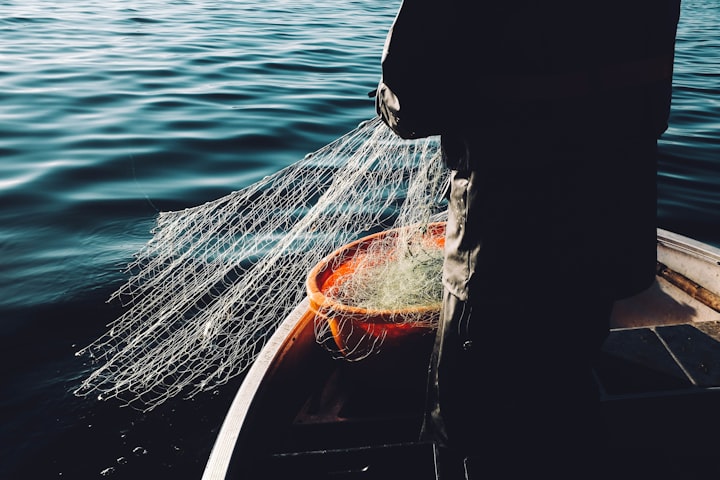
Fishing today might suggest images of rods, reels, or gigantic nets on commercial boats. But, fishing goes way back. Our ancestors devised smart ways to nab fish, which they needed to live.
Diving into old-style fishing gives us a peek at history. It also drops valuable hints about being gentle with nature. We're going to explore these old fishing tricks and dig up some history in this write-up.
Ancient Fishing Techniques
1. Hand Gathering:
Hand gathering is one of the first known fishing methods. It simply meant catching fish bare-handed. This was common among early societies near water bodies, like rivers, lakes and seas. Fishers would step into the water, search for fish and grab them by hand.
2. Spearfishing:
People fished with spears a long time ago. They needed to be very good or they'd miss the fish under the water. Many groups used this method, like people in North America and Australia long ago. They depended on catching fish this way.
3. Traps and Weirs:
Old-time fishers came up with complex systems to snare fish called 'weirs'. Using either fences or nets and putting them where fish often swam through, they created these traps. Once the fish got into these traps, there was no getting out, making it simple for the fishers to gather their catch.
4. Hook and Line:
The practice of fishing with hooks and lines has a history trailing back numerous centuries. Early anglers formed hooks from varied resources like bones, shells, or metals. They linked these hooks to lines woven from plant materials or animal tendon and lured them with genuine or duplicate bait. When a fish nibbled the hook, the angler hauled it in, either by using his hands or a rudimentary reel.
5. Nets:
Nets have been one of the most effective fishing tools or fishing equipment throughout history. Ancient fishermen created various types of nets, including cast nets, gill nets, and seine nets. These nets allowed fishermen to catch a large number of fish at once, making them ideal for both sustenance and trade.
6. Tridents and Forks:
Some cultures had an interesting way of fishing. Fishermen used tools called tridents or forks. These weren't ordinary forks, though. They were crafted just for catching fish! They had lots of sharp points called prongs or tines. This feature could stab not just one, but several fish at once. Tridents and forks were really good tools. Why? Fish stick together when they swim. The more fish close by, the better the earmarked forks worked.
7. Fish Ponds and Aquaculture:
Fish farming, or aquaculture, has been around for a long time. It's about growing fish where we can control things. Even old-time groups like the Egyptians and Romans did this. They made fish ponds and used clever ways to make more fish. This was handy, especially in places where there weren’t a lot of natural lakes or rivers.
8. Weaving and Trapping:
A long time ago, ancient cultures employed weaving to create detailed fishing baskets and traps. These baskets were usually made from plants or reeds. This was helpful for catching fish in shallow water or marshy spots where normal ways didn't work well. To make strong, tough traps that could handle the weather, fishermen needed patience and skill.
Studying old fishing methods doesn't just show us the cleverness of our forebears. These methods also teach us about sustainable fishing. Knowing how ancient people lived with nature helps us learn greener ways for today's fishing.
We learn from old fishing techniques, honoring our deep-rooted fishing culture. Fishing mattered through time-- for food, trade or fun. By cherishing these old ways, we respect our ancestors and extend their customs.
When you fish next, pause and think. Consider the old ways of fishing. These methods built the base for today's techniques. By understanding past ways, we can keep our seas, and us, healthy in the years to come.





Comments
There are no comments for this story
Be the first to respond and start the conversation.